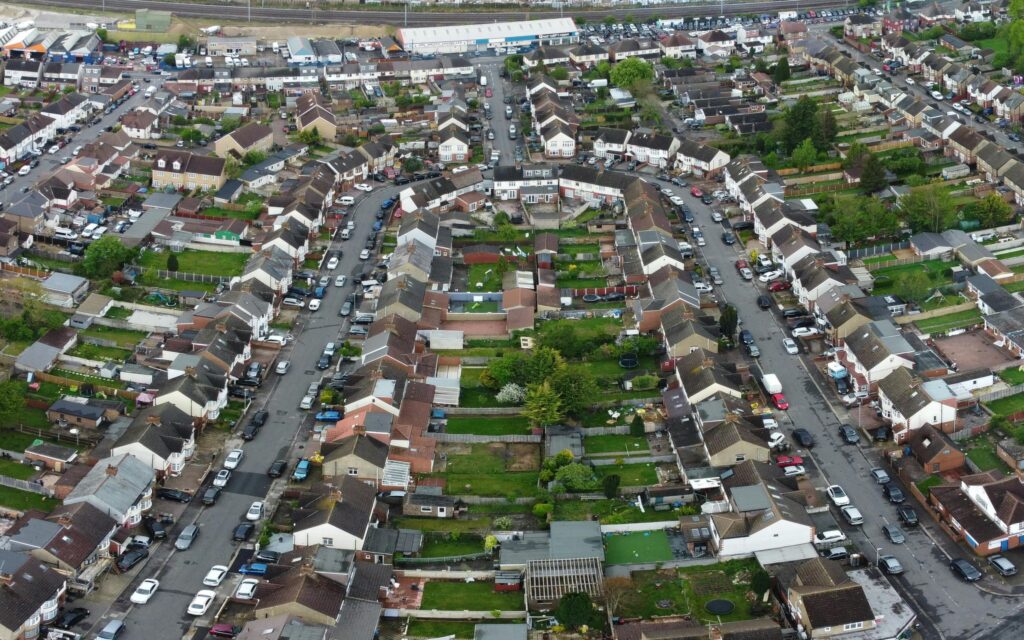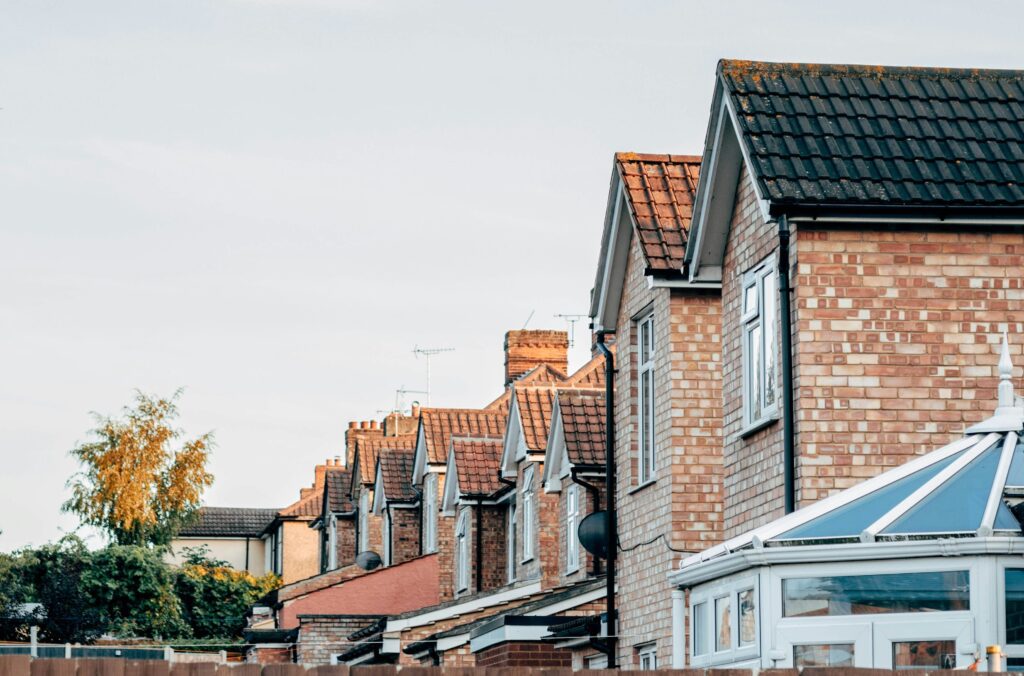What Is Retrospective Planning Permission, And Could It Help Me?
What is retrospective planning permission, and could it be an option for your home improvement project? Do you even need planning permission for your home development? We’ve created a handy guide about retrospective planning permission and why you need a reputable company for your next project.
What is Standard Planning Permission?
Full planning permission is the formal consent from your local council before the start of a major alteration to a property if the plans are not within your permitted development rights. It is a responsibility given to the central government and came into existence with the Town and Country Planning Act 1990. Planning permission is also required for a change of use of buildings or land.
Do I Need Planning Permission?
It is always worth checking with your local authority to find out whether you will need planning permission for your home improvement project. You can use the government’s planning portal to check what is likely to be accepted. Local authorities investigate any breaches of planning law and an enforcement notice can be given if any are found. These include not obtaining permission for listed buildings or changing the use of a building e.g. residential to commercial use.
What Is Retrospective Planning Permission?
As the name suggests, retrospective planning permission is permission sought after the development has been built. If you have not received planning permission for your home improvement project then the local council can request that you submit a retrospective planning permission application.
Something to bear in mind is that 40,000 retrospective filings are made in two years and one in eight retrospective applications are rejected by local authorities, which means that just because the work is finished, does not mean it will be accepted. If your application is turned down you will have to restore your property to the way it was before, with the expenses funded by yourself and a possibility of a fine. An appeal can be lodged to the Planning Inspectorate, but this can be a lengthy process.
When Retrospective Planning Permission Goes Wrong
One of the more well-known examples of retrospective planning permission not obtained and gone wrong is the case of Honeycrock Farm in Surrey. The owner built a mock Tudor castle in 2001 without gaining planning permission. The castle was then hidden behind hay bales for four years, due to the belief that if it stood for that amount of time it would be legally allowed to stay.
There is a four-year building regulation law that allows a building to become lawful if it has been completed and used for four years. However, this didn’t work for Mr. Fidler due to his attempt at hiding the development.
Reigate and Banstead Borough Council served an enforcement notice requiring the destruction of the house which led to years of legal battles. They stated that the four-year rule was void as no one had been able to see the property for four years and the development was not considered finished until the hay bales were removed. After a High Court injunction, the house was demolished in 2016 and if this had not been followed, the occupant could have faced jail.
What Is Considered Permitted Development?
Permitted development refers to changes you can make to your home that don’t require permission. These include porches, interior remodelling, garage conversions, loft conversion, and outbuildings including conservatories, orangeries, and home extensions. However, when building a new conservatory, orangery, or home extension without planning permission, the following set of guidelines needs to be followed:
- The area covered by the extension must not be larger than half the total area of the original property. If you have additional outer buildings that were not part of the original house in 1948, this will need to be taken into consideration
- The extension cannot be higher than the tallest part of the existing house. The maximum height is 4m. If it’s within 2m of the boundary then it must be 3m or less in height
- The eaves should not be higher than the eaves of the existing house. The maximum height of the eaves is 2.5m
- Any part of the extension cannot extend beyond any wall facing a road
- It can be used for domestic purposes only
Changes and developments that definitely require planning permission include extending near to boundaries, changes involving a listed building, and dividing a property into two or more homes.
What’s The Difference Between Planning Permission and Building Regulation Control?
As a general rule, planning permission involves how a new development will affect your neighbours, the local area, and the environment. Spoiling a neighbour’s view or taking away some of their light can leave you open to legal action. The design is also important, if you live in an area full of country cottages and want to create an ultramodern looking extension, this could ruin the look of the area.
Building control regulations are more to do with the safety and efficiency of the build for those using it. This includes fire resistance, efficiency, ventilation, sound insulation, and conservation of fuel. You have to demonstrate that your new development won’t be a massive drain on your heating and electricity costs.
What Can Happen If I Fail to Get Planning Permission?
Failing to obtain planning permission or not following all the rules it sets out is known as a planning breach. This in itself isn’t illegal, and councils can often offer a retrospective application. This doesn’t guarantee approval however. If the breach involves a previously rejected application or the retrospective application fails, an enforcement notice can be issued. This could ask you to restore your home to its original state. Ignoring this is illegal and could cause prosecution.
What About the 4 Year or 10 Year Rules?
If you have heard of the retrospective planning permission 10 year rule or the 4 year rule, you might be wondering what this means. Basically, these apply to renovations that have been completed without planning permission that have been in use for either four or ten years without any challenges by enforcement action. We’ll cover this rule in a little more detail below.




